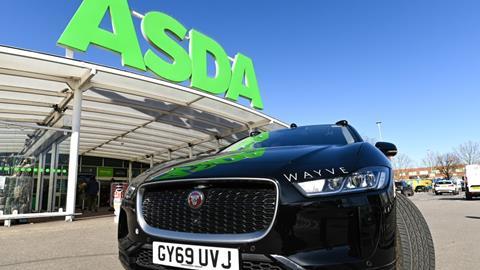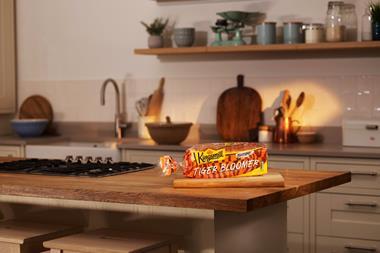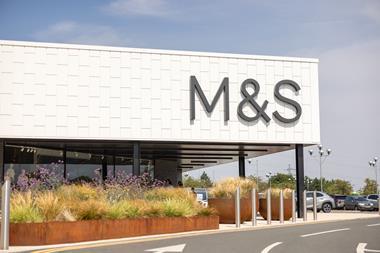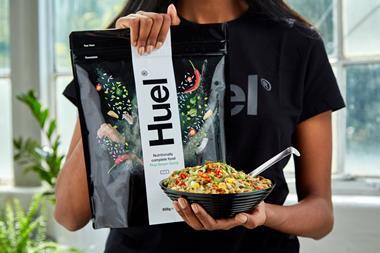Subs m’lady? These are the words you might expect to hear in the Park Royal area of London, where Asda customers are receiving their online groceries in a Thunderbirds-esque delivery vehicle. Except this gadget-packed SUV will be distinctly Parker-less: this is all part of a year-long driverless delivery trial.
While sending groceries out in a fancy Jaguar may seem counter to supermarket efforts to reduce punishing delivery costs, Asda no doubt has its eye on a longer-term prize: massive labour cost savings.
But will the tech deliver on this promise? And will customers accept it?
According to a Harvard University analysis: “The biggest financial challenge the industry faces is labour – especially in the last mile of service, which accounts for about half of the total shipping cost… Eliminating the driver provides a step function improvement in the cost structure of delivery companies.”
Indeed, online delivery margins are so slim, or worse negative, the likes of Tesco have had little choice but to weather customer anger and raise fees, and enrage suppliers by floating new ‘fulfilment fees’ for its online and Booker wholesale operations. Amazon and Sainsbury’s have raised fees recently too, while Asda management had planned to cut driver pay.
So in this context, the ability to slash total delivery costs in half would be a dream.
In this testing phase, Asda’s experimental delivery method is far from labour-saving. Quite the opposite – in the driverless car, there will be a supervising Wayve safety driver as well as an Asda staff member, who will unload shopping at the customer’s home.
The aim, of course, is for the safety driver to become obsolete. But that would still leave “the last 100-foot problem”, as the Harvard boffins put it. In other words: somebody has got to get the deliveries from the vehicle to the door. If they are paying for delivery “consumers expect delivery to the door” the Harvard analysis notes.
Unless supermarkets pay a member of staff to do the heavy lifting – and negate most of the labour savings – “the only option that consumers have is to go out to the vehicle, retrieve their order, and then return to their home or apartment” points out industry commentator Brittain Ladd.
“I refer to this as ‘The Longest Yard’ problem,” says Ladd. “The inability of any company that uses autonomous vehicles to provide a viable mechanism to retrieve an order and deliver it to a customer.”
That hasn’t stopped other players from getting customers to click & collect from the kerb. In January, autonomous vehicle maker Nuro announced the rollout of its vehicle in Houston, Texas as part of an expansion of its partnership with supermarket Kroger.
It is expected the completely driverless vehicle – which boasts temperature-controlled compartments, external airbags and no seats for humans – will soon reach “millions of Americans nationwide”. Uber Eats signed a 10-year deal with the company late last year.
Nuro has a human teleoperator assisting the vehicle, who can “supervise multiple carriers, thus significantly reducing direct operational costs”.
And there is potential for further tech to solve the problem of getting goods inside the door. We’re starting to see more autonomous, load-carrying robots that would surely win the approval of Brains.
Viral videos from the likes of Boston Dynamics shows they can now literally leap and bound. Although sometimes – as this video from Agility Robotics shows – they can also sometimes collapse under the workload.
Alternatively, consumers need to be convinced they must pay more for a to-the-door service.
Asda’s expanded driverless trial is certainly interesting. But as a solution to costly grocery delivery, it may not yet be a FAB1.




















No comments yet